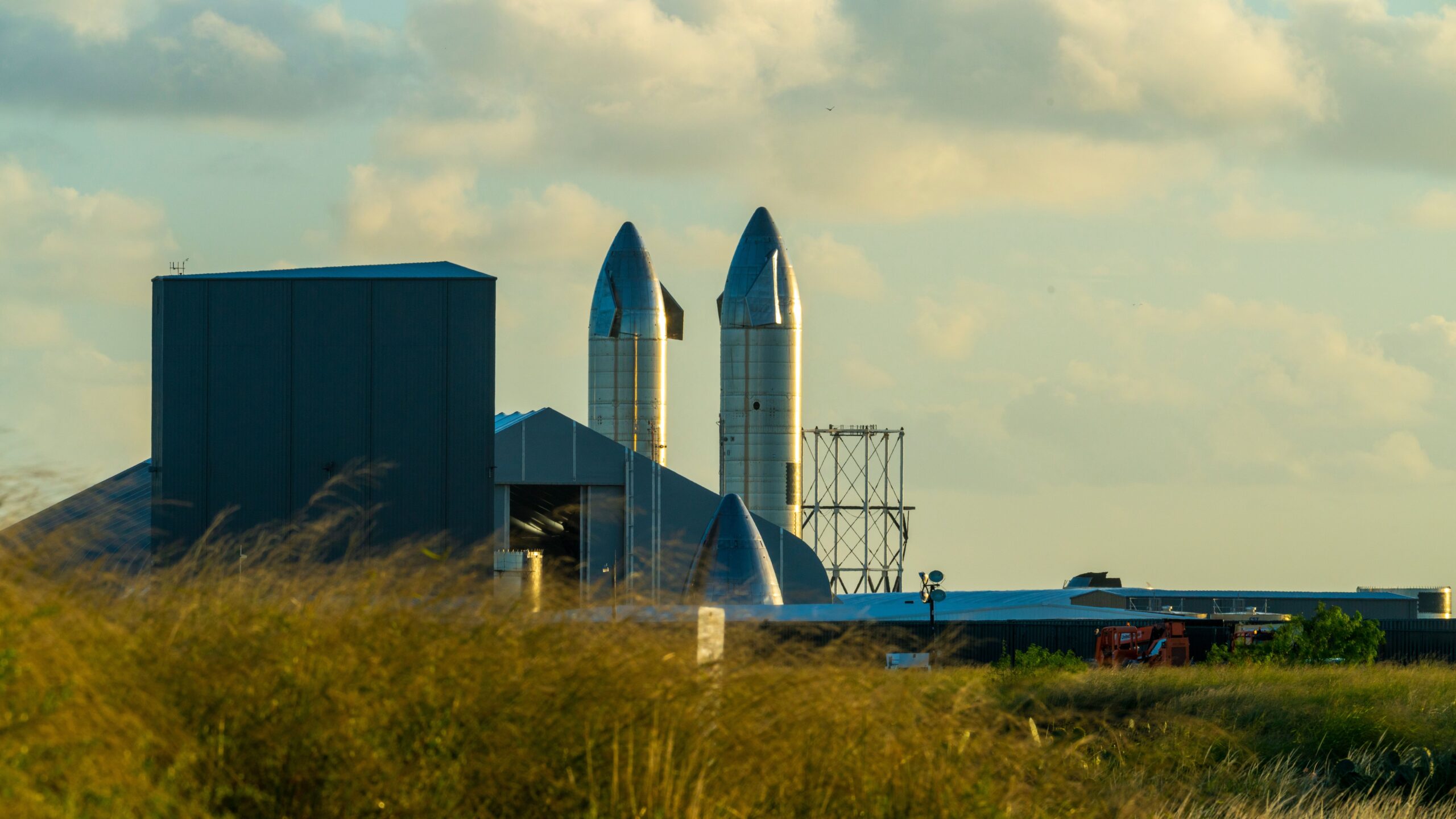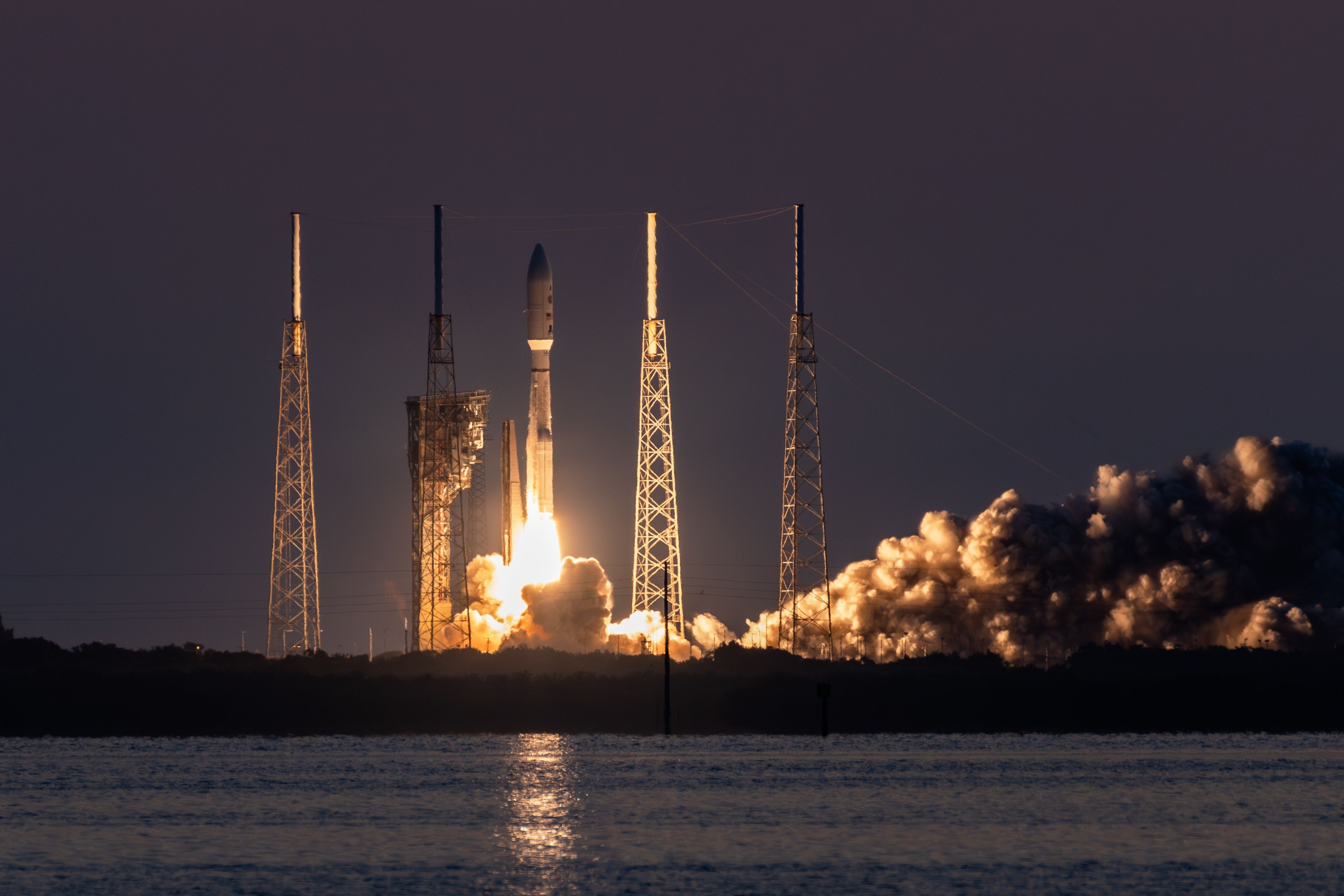Members of US Congress have backed criticism of the Federal Aviation Administration’s (FAA) commercial launch license regulations, which are claimed to be stifling growth in the industry. The FAA’s Part 450 regulations have faced pushback from companies that say launch licenses have become too difficult to obtain.
FAA launch licenses face criticism
At a United States House Committee on Science, Space, and Technology hearing yesterday, Congress heard from figures in the space industry who criticized the FAA’s licensing process for commercial space launches. As reported by Space News, Dave Cavossa, president of the Commercial Spaceflight Federation, said,
“The way it is being implemented today has caused severe licensing delays, confusion and is jeopardizing our long-held leadership position.”
The FAA introduced Part 450 a few years ago with the stated aim of “streamlining” the licensing process. However, space industry leaders have criticized the new framework for its lack of transparency and significant delays, and members of Congress agreed with their assessment. Rep. Brian Babin (R-Texas), chairman of the subcommittee, said licenses are being processed “at a snail’s pace,” while Rep. Haley Stevens (D-Michigan) said the process amounted to a “bureaucratic soup.”
For example, in an update posted to its website, SpaceX cited its Starship Flight 5 being delayed until at least November while the company awaited its launch license. It added that the flight had been ready to go since August, and the FAA had previously indicated everything would be ready by mid-September.
While the US has long been the world’s clear leader in commercial space launches, Babin said that the country “cannot ever take this for granted” and said there is a risk of companies conducting launches overseas where “more light-touch approvals are available.”
FAA defends itself
Defending the licensing regulations in the House was Kelvin Coleman, FAA associate administrator for commercial space transportation. Coleman noted several things the FAA has done to improve the process, including devising advisory circulars, boosting staff levels, and establishing a committee to streamline license approvals.
Photo: Aqeela_Image | Shutterstock
However, Coleman admitted the agency is falling behind in transitioning from older licenses to new ones. Only six out of 30 existing licenses have made the change so far – all 30 licenses will need to transition to Part 450 by March 2026, which Coleman said “looks very challenging.” He added that companies making amendments during the licensing process has been a big factor behind the slow pace.
About FAA Part 450
The FAA’s Part 450 regulations were introduced in 2021 and consolidated the previous regulations (Parts 415/417, 431 and 435) under one framework with the aim of simplifying the licensing process under one framework.
In order for companies to be granted a launch license, they need to demonstrate to the FAA that they are capable of compliance with the agency’s requirements. Cavossa said that companies in the pre-application stage for licenses end up getting caught up in a time-consuming process of back-and-forth with the FAA which can “take years,” essentially suffocating innovation and growth in the industry.

